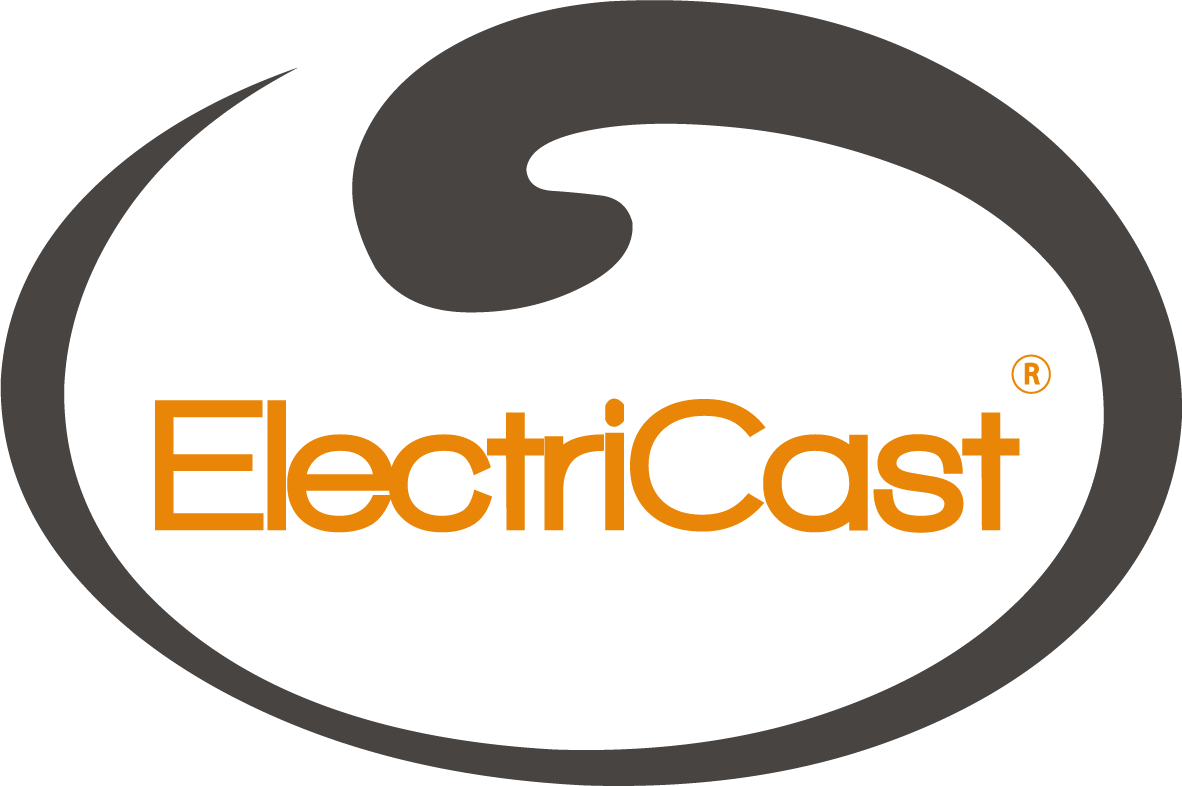Table of Contents
Choosing the right radiator for your home or business is a big decision. One of the most common debates in heating is cast iron vs. steel radiators – which is better?
Both materials have their benefits, but cast iron radiators stand out for their durability, heat retention, and classic style. In this post we will look through 5 key areas and breakdown the differences between cast iron radiators and steel radiators. This should help you decide which is best for your space.
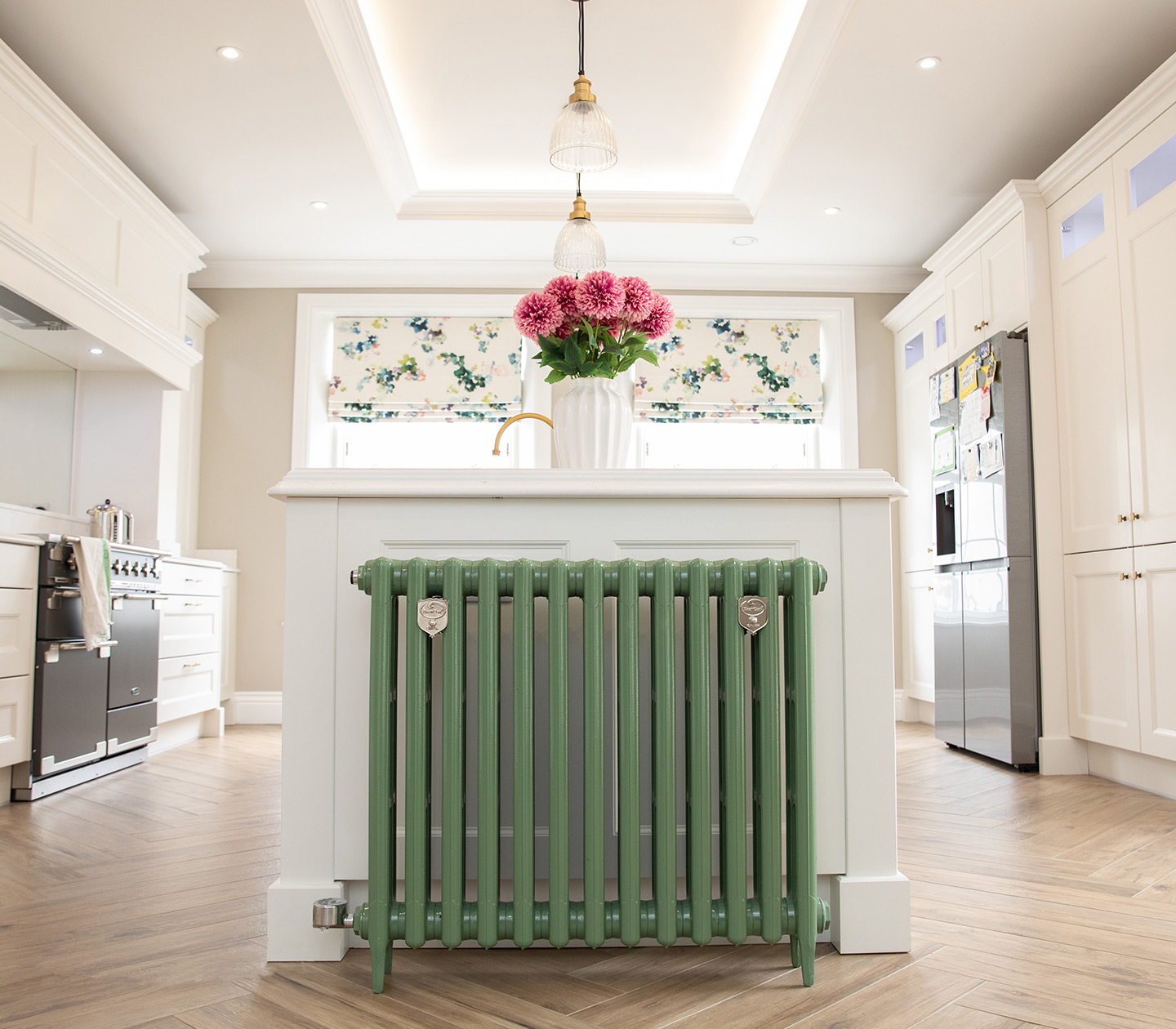
Heat Retention & Efficiency
When it comes to heat retention & efficiency there is one clear winner!
Cast Iron Radiators: Slow to Heat, Long to Retain
Cast iron radiators take longer to warm up, but once they reach temperature, they hold heat for much longer. This means they continue radiating warmth even after being switched off, making them energy-efficient and ideal for maintaining a steady temperature.
If you want consistent, all-day warmth, cast iron is the best choice. It’s particularly useful in period homes, large spaces, or rooms where you want to retain heat for extended periods without constant energy use.
Steel Radiators: Quick to Heat, Quick to Cool
Steel radiators heat up quickly, making them great for instant warmth. However, they also cool down fast, meaning they require more frequent heating cycles to maintain room temperature.
If you need short bursts of heat—for example, in bathrooms or home offices—steel radiators are a more practical choice. Their quick response time is beneficial if you don’t need heating on for long periods.
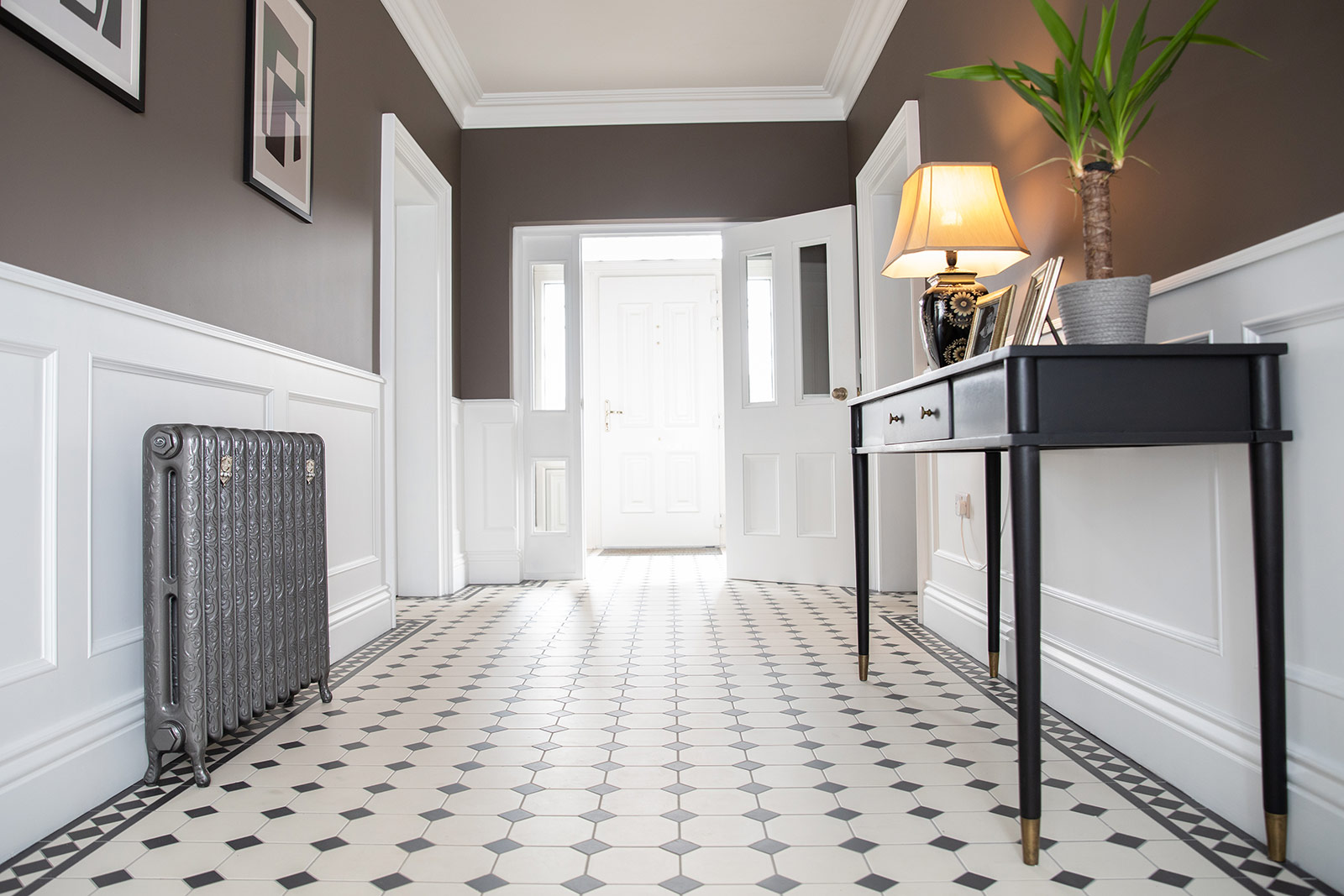
Durability & Lifespan
How long the products will last is an important factor when choosing between cast iron and steel.
Cast Iron Radiators: Built to Last
Cast iron radiators are known for their exceptional durability, often lasting for decades (or even centuries) with minimal maintenance. They are resistant to wear and corrosion, making them a long-term investment for your home.
Many Victorian-era cast iron radiators are still in use today, proving their incredible longevity. If you’re looking for a radiator that won’t need replacing anytime soon, cast iron is the way to go.
Steel Radiators: Lightweight but Shorter Lifespan
Steel radiators are lighter and easier to install, but they typically don’t last as long as cast iron. They are more prone to rust, leaks, and wear over time, meaning they may need replacing sooner.
If you’re looking for a cost-effective short-term option, steel radiators can work well, but they require more upkeep to ensure they last.
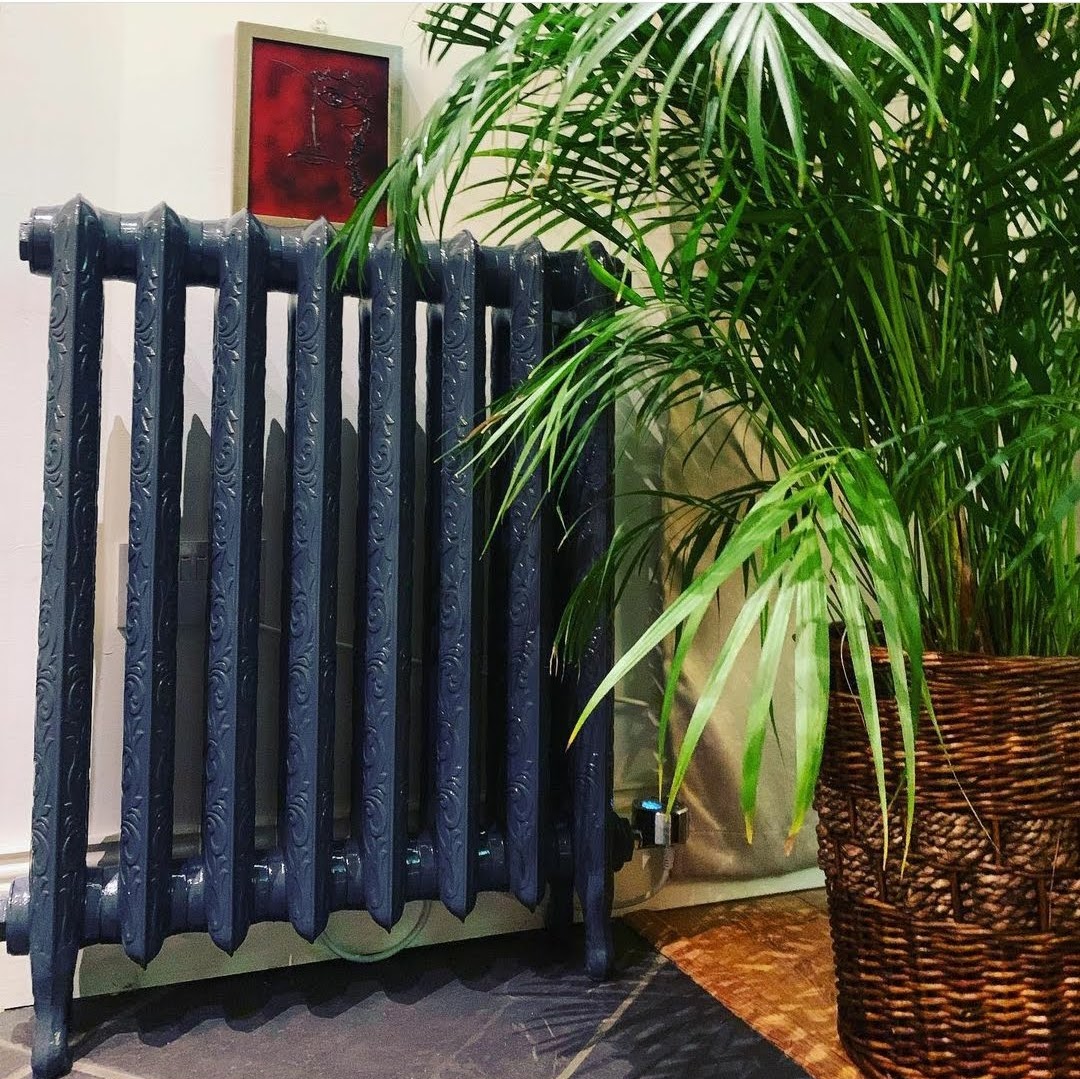
Aesthetic & Design
Some people just want a radiator, but if you’re looking for a statement piece for your home then weighing up the aesthetic and design features of radiators is important to you.
Cast Iron Radiators: Timeless Elegance
Cast iron radiators offer a classic, decorative look that complements period homes and heritage properties. Their intricate column designs and ornate finishes make them a stunning statement piece.
They also work well in modern interiors that embrace vintage or industrial styles, adding character and sophistication to any space.
Steel Radiators: Modern & Minimalist
Steel radiators come in sleek, contemporary styles, often featuring clean lines and simple panel designs. They’re perfect for homes with a modern aesthetic or minimalist interiors.
While they are versatile, steel radiators lack the decorative detail of cast iron. They’re functional and effective but don’t provide the same visual impact.
Installation & Maintenance
While both traditional cast iron radiators and steel radiators require plumbing, our ElectriCast radiators can simply be plugged in making it much easier and quicker to heat your space.
Cast Iron Radiators: Heavy & Sturdy
Traditional Cast iron radiators can be heavy, requiring strong supports and careful installation. However, at ElectriCast we have developed an innovative version of the Cast Iron Radiator. Our Electric Cast Iron radiators are design for portability, just plug it in and enjoy the long lasting heat!
If you’re planning a renovation or new build, cast iron is a great long-term heating solution, but it may not be ideal for quick installations in existing homes.
Steel Radiators: Lightweight
Steel radiators are lightweight, making them easy to mount on walls. This could make them a practical choice for smaller spaces where a heavy wall mounted radiator wouldn’t be feasible.
However, steel radiators may need more maintenance over time, especially if they start to corrode or develop leaks.
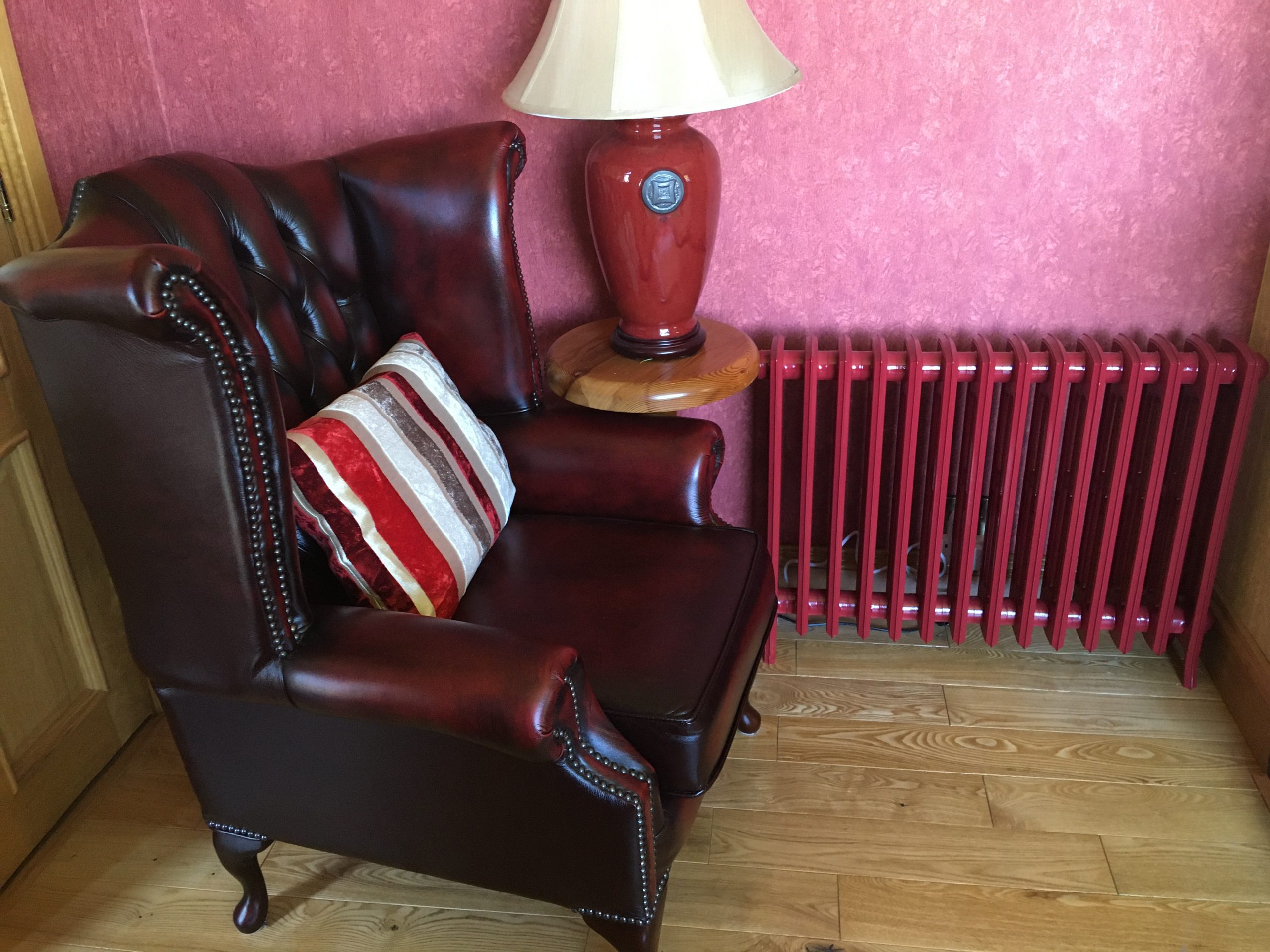
Cost & Value
Your budget may determine which material you go for, but it is important to note the longevity of the products when choosing which to choose.
Cast Iron Radiators: Investment Piece
Cast iron radiators cost more upfront but last much longer, making them a better long-term investment. Their heat retention saves energy costs, and their durability means you won’t need to replace them frequently.
They also add value to period homes and premium properties, making them a worthwhile investment for those looking for style and efficiency.
Steel Radiators: Budget-Friendly
Steel radiators are cheaper to buy and install, making them ideal for short-term heating solutions or budget-conscious homeowners. They provide good warmth but may require replacement sooner than cast iron.
If you need a cost-effective heating solution, steel radiators are a solid choice, but they may not offer the same durability or efficiency in the long run.
Final Verdict: Which is Better?
Simply put, if you want long-term efficiency, durability, and a classic aesthetic, cast iron radiators are the better choice.
If you are looking for a cast iron radiator, why not check out our Electric Cast Iron Radiators? A modern, energy efficient take on the classic cast iron radiator.
